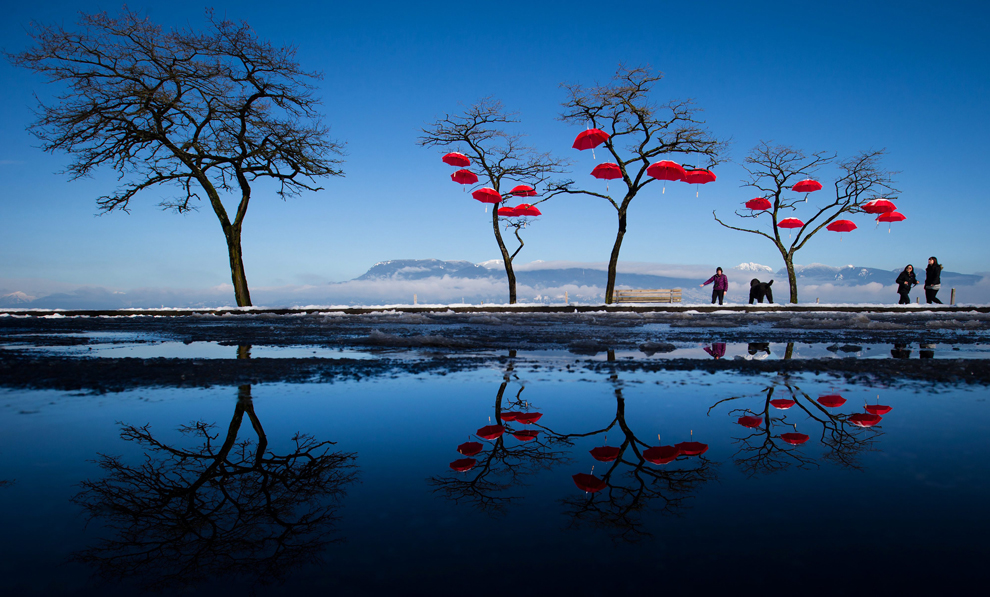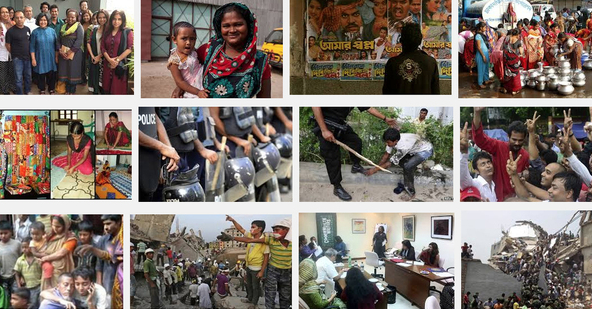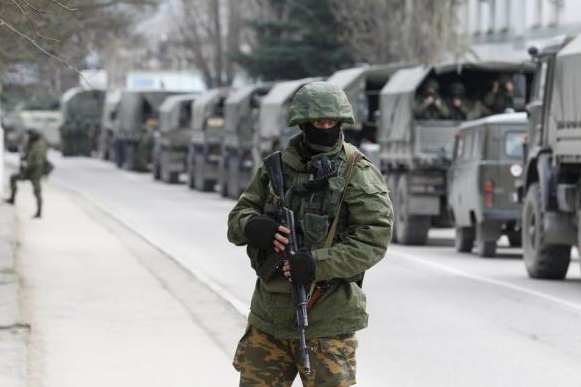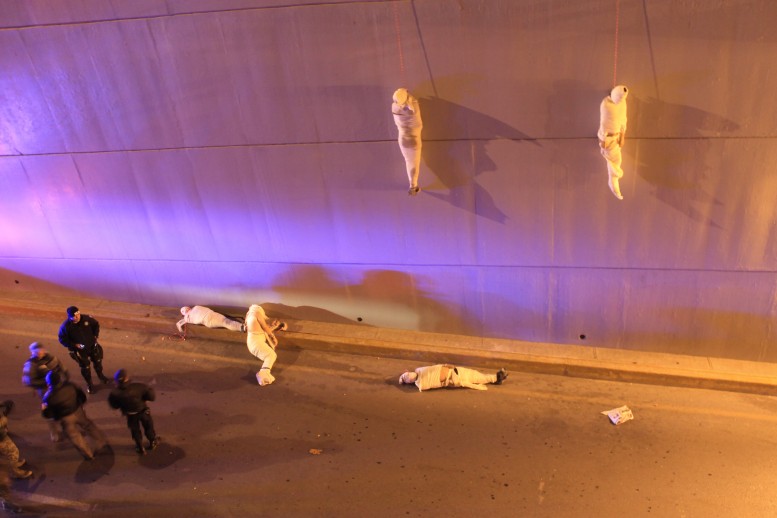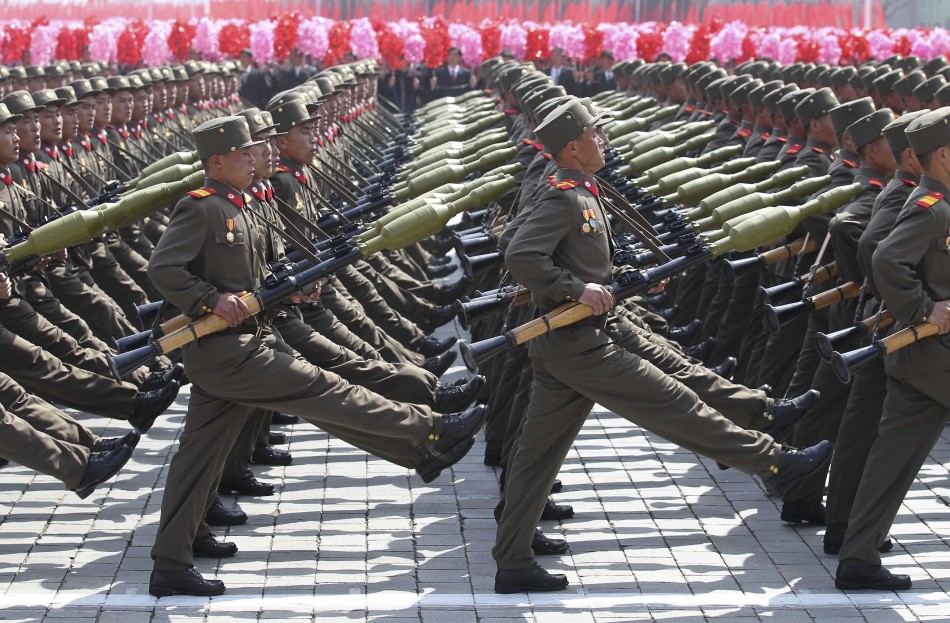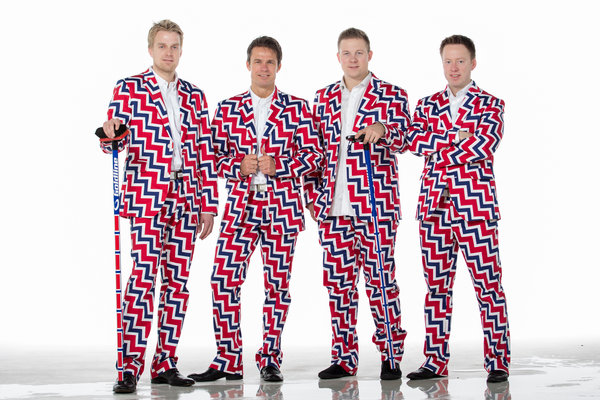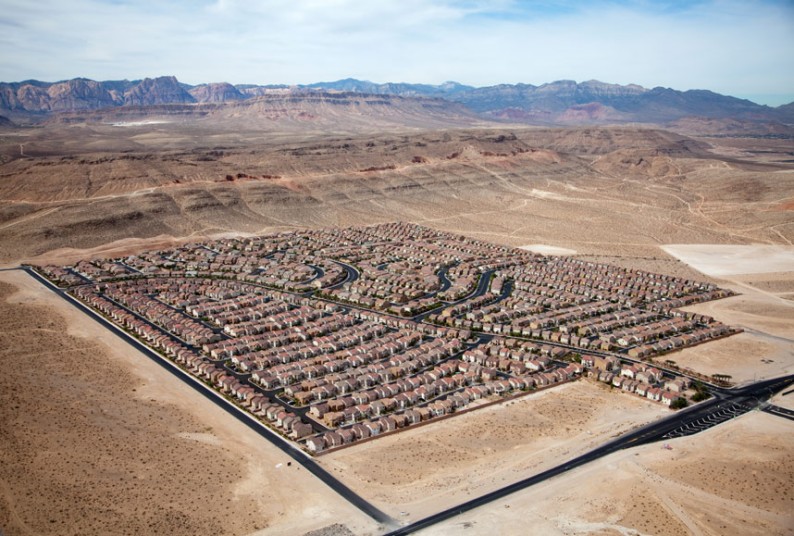You can see why I asked the question. Like the caption itself (“Still Life”), every detail of the composition connects directly to the art of painting, and to its history and within that to a specific genre, and within that to a particular style. And “composition” refers to both the technical values of the image and the careful arrangement of the objects that were photographed. There is nothing accidental here, and so the intention seems clear: to create an image, and response, that would as closely as possible approximate the experience of viewing a work of fine art.
Which would be enough to make some critics go ballistic. From Baudelaire to Sontag and beyond, the censors’ reactions have been clear. It is only an approximation, and a cheap one at that, they say. The skill that is supposedly on display–and that was reason for the existence and value of the genre in the first place–is in fact being supplied by the camera. Oh, sure, some technical craft is involved, just as is the case with arranging the table, or for that matter a department store window, but it can be learned in hours, not the years that would be required to paint such an image. Worse, that de-skilling is matched by a loss of value in the work and in the audience. Finely wrought images become cheap things to be admired and as quickly forgotten. Because of the easy reproduction of the image, the artwork loses the aura that comes from being experienced within a tradition, and with that loss we become less capable of being open to or improved by the art itself. Instead, modern society becomes susceptible to kitsch and related habits of excessive consumption. A still life on your desk top, or those cheap reproductions of Modern Art in every hotel room, or it doesn’t matter: whatever they are, they are not really art.
I’ve argued against this attitude, and usually I take the angle of saying that photography is not a fine art and all the more important for that; instead it is a public art, among other things, all of which have considerable value for modern society and politics. (By the way, you don’t win an argument with an attitude in a day.) Today, however, I want to take a different tack.
My argument can be stated very simply: It’s beautiful. You can tell me that it’s derivative or that it’s not authentic or that it’s more contrived that photography should be, but you can’t tell me it’s not beautiful. (And I’m speaking for me, by the way, not you. If I’m a sucker for elegance or any other social value evident in the image, that’s my problem, though certainly not one foreign to painting.) My idle scanning through a slide show stopped the moment I say it, and my day is richer for having seen it. Nor is it idiosyncratically or oddly beautiful; instead, its beauty comes in part from how well it has reproduced the conventions of the painterly genre. Trust me, I’ve seen a lot of still lifes, and I’ve walked by a good number that did not catch me as this one did. (Yes, this had the advantage of not being in a museum context, but frankly I think photography always is orienting us, to greater or lesser degree, to see as if we were in a large, open air museum. Furthermore, it stood out at National Geographic, which is saying something as far as photography goes.) Long story short, although I never would have set out today to look at still life paintings, this photograph provided one nonetheless, and it’s beautiful, and I’m grateful for that.
There also is a more complicated argument to be developed along the same path, but I’m running out of time. One thing to consider is how the photographer has labored to put photography back into the tradition of painting, and how something like an aura may be one result. At the same time, there is little likelihood that anyone would mistake this image at a photography website for a painting, so perhaps the art of approximation also is being featured, and with that the conventions and history of the artistic genre. This image may be an imitation of a painting, but also an imitation of a photograph; and it may be about photography more than painting, which would move it closer to the work of art in any medium. (Admittedly, this still life doesn’t stun me, enthrall me, and challenge me as the best art does, but in my experience that’s a problem of the genre.) And if it is about photography, then it is about modernity. If tired of defending the arts, you might to think about that.
It might also be a statement that simple elegance is more available than we might think–much like a photograph is less expensive and more accessible than a painting. It could be a demonstration of how beauty can be shared easily via photography, indeed, how photography is pitched toward sharing while painting continues to be defined largely by hoarding in mansions and corporate hallways. When a photograph imitates an older art form, such questions are brought to mind. Surely that can’t be all bad.
Photograph: “Still Life” by Rucsandra Calin, Craiova, Dolj, Romania, from National Geographic’s Daily Dozen, March 11, 2014.

